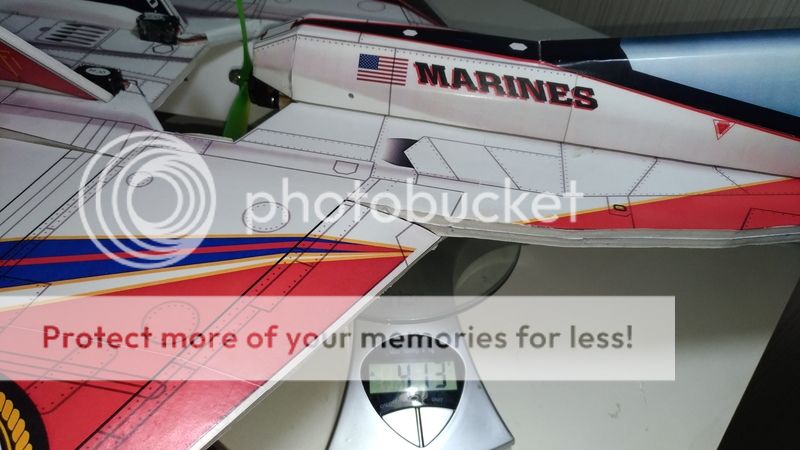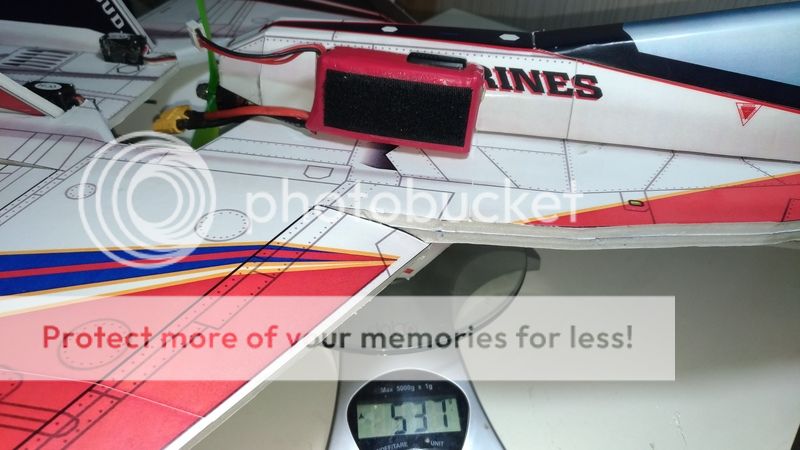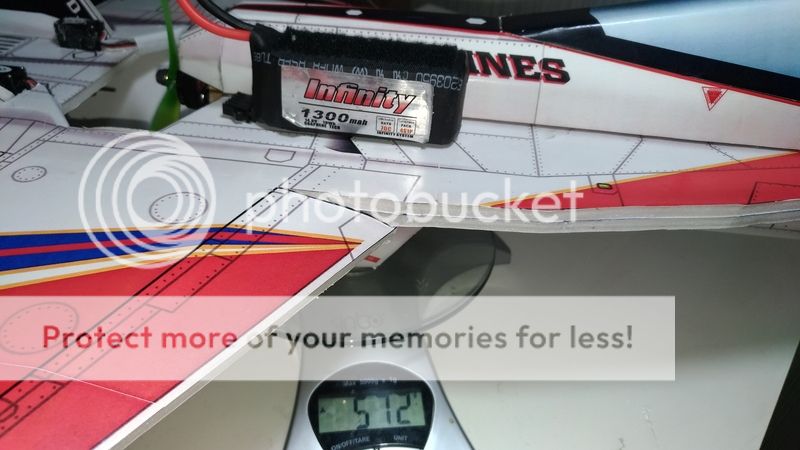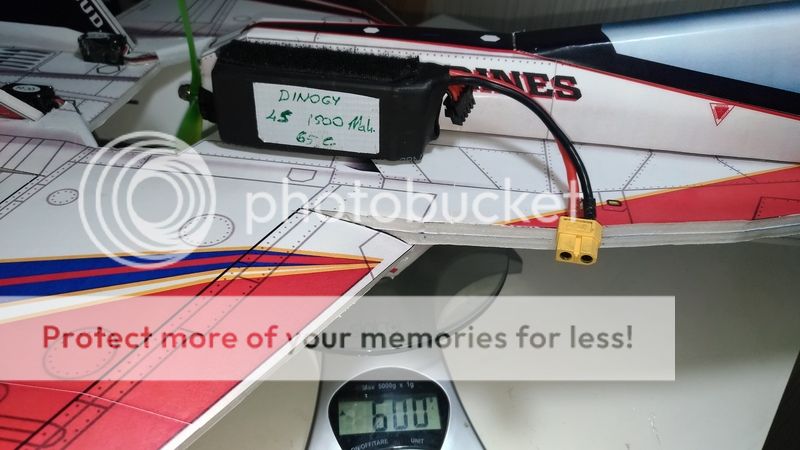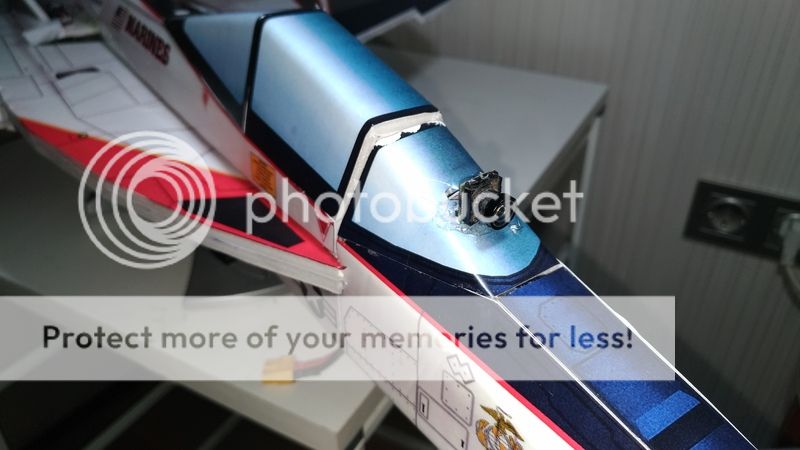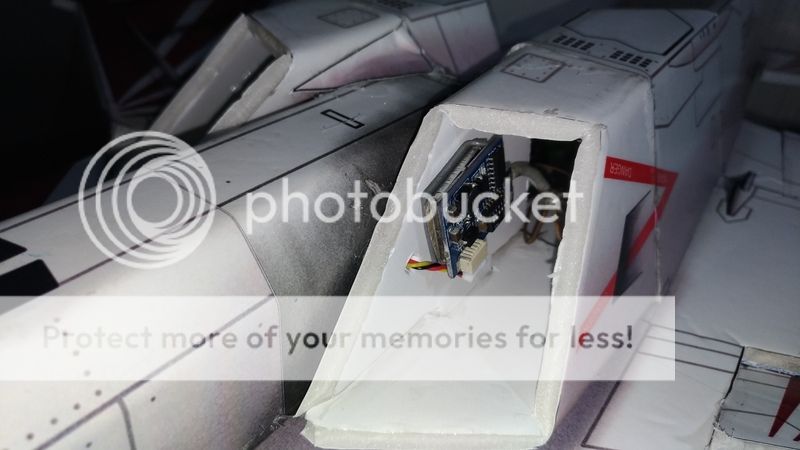Namactual
Elite member
They will get a coat of paint for sure.
On the full scale fighter the missile rails actually help reduce induced drag by preventing spanwise airflow around the wingtips. I doubt that will be the case with the little foamie's displacement. I am sure the AIM9X and rails will not amount to much drag. The larger inboard pylons with the AGM84’s will be a lot of extra drag though. Especially if I mount them with the scale 3-5* toe out.
As far as a Printer recommendation I am sure there are others here that have used multiple brands and could steer you in the right direction. We have an Ultimaker 2+ where I work which is extremely expensive, but has been trouble free for years. Easy to setup and easy to use. There were no issues with tuning at all. It worked great out of the box.
We only had one issue with it when an unsupervised print detached from the bed and blocked the nozzle. The result was about 25grams of molten PLA back feeding into the print head. The entire head was encased in PLA the next morning. I mean every open cavity, void and hole was full of plastic. It took a complete tear down and major surgery of the head to get it back online.
I am sure most common “brands” are pretty reliable now. The bigger issue in my opinion is creating the 3D model in such a way that the printer actually agrees with. I am still learning in this area. There are a lot of things to consider when converting a three dimensional object into a layered sliced printable object. The more I print with it though and see the limitations, the better I can get at designing parts around these pitfalls the first time.
On the full scale fighter the missile rails actually help reduce induced drag by preventing spanwise airflow around the wingtips. I doubt that will be the case with the little foamie's displacement. I am sure the AIM9X and rails will not amount to much drag. The larger inboard pylons with the AGM84’s will be a lot of extra drag though. Especially if I mount them with the scale 3-5* toe out.
As far as a Printer recommendation I am sure there are others here that have used multiple brands and could steer you in the right direction. We have an Ultimaker 2+ where I work which is extremely expensive, but has been trouble free for years. Easy to setup and easy to use. There were no issues with tuning at all. It worked great out of the box.
We only had one issue with it when an unsupervised print detached from the bed and blocked the nozzle. The result was about 25grams of molten PLA back feeding into the print head. The entire head was encased in PLA the next morning. I mean every open cavity, void and hole was full of plastic. It took a complete tear down and major surgery of the head to get it back online.
I am sure most common “brands” are pretty reliable now. The bigger issue in my opinion is creating the 3D model in such a way that the printer actually agrees with. I am still learning in this area. There are a lot of things to consider when converting a three dimensional object into a layered sliced printable object. The more I print with it though and see the limitations, the better I can get at designing parts around these pitfalls the first time.



